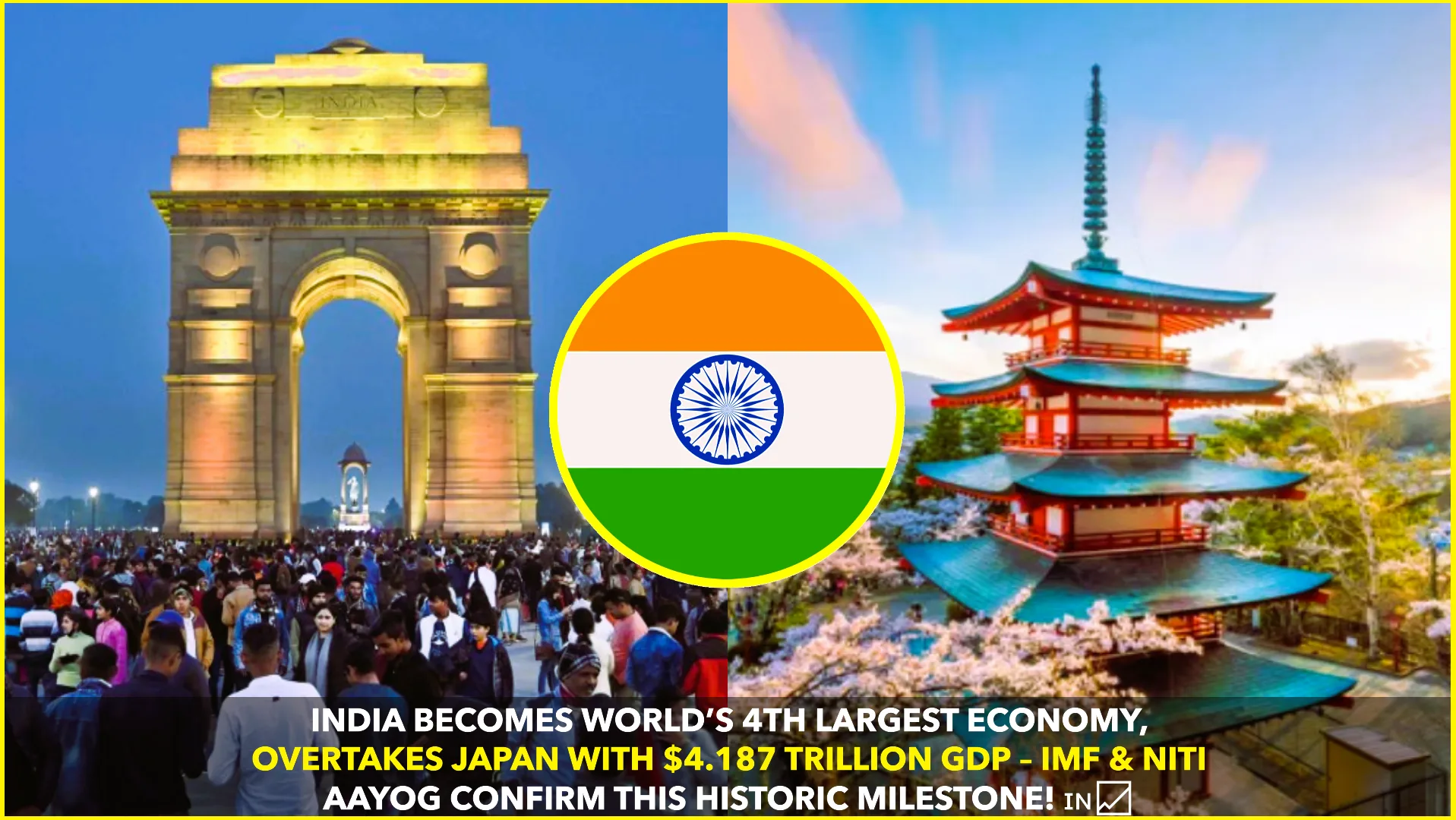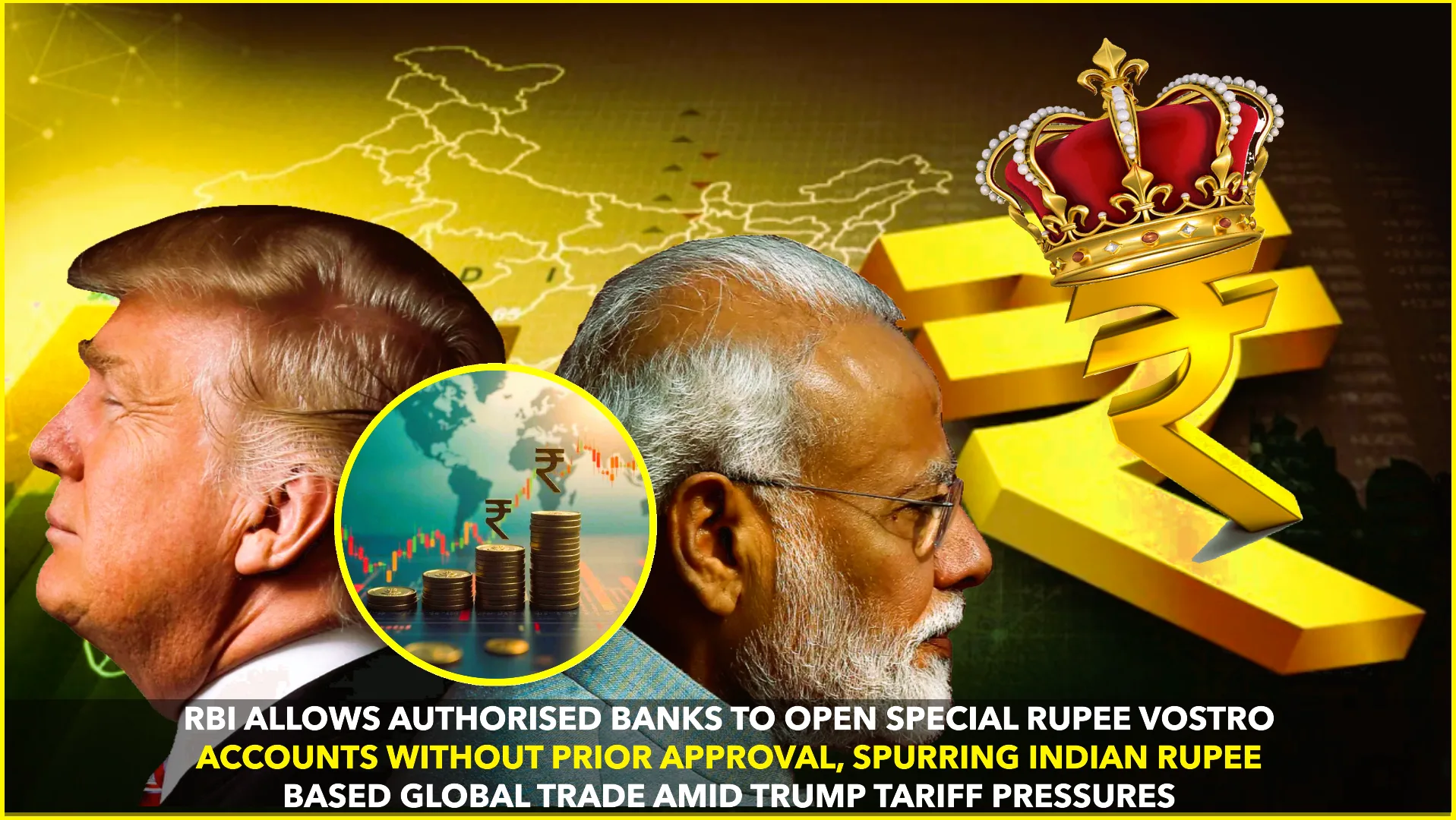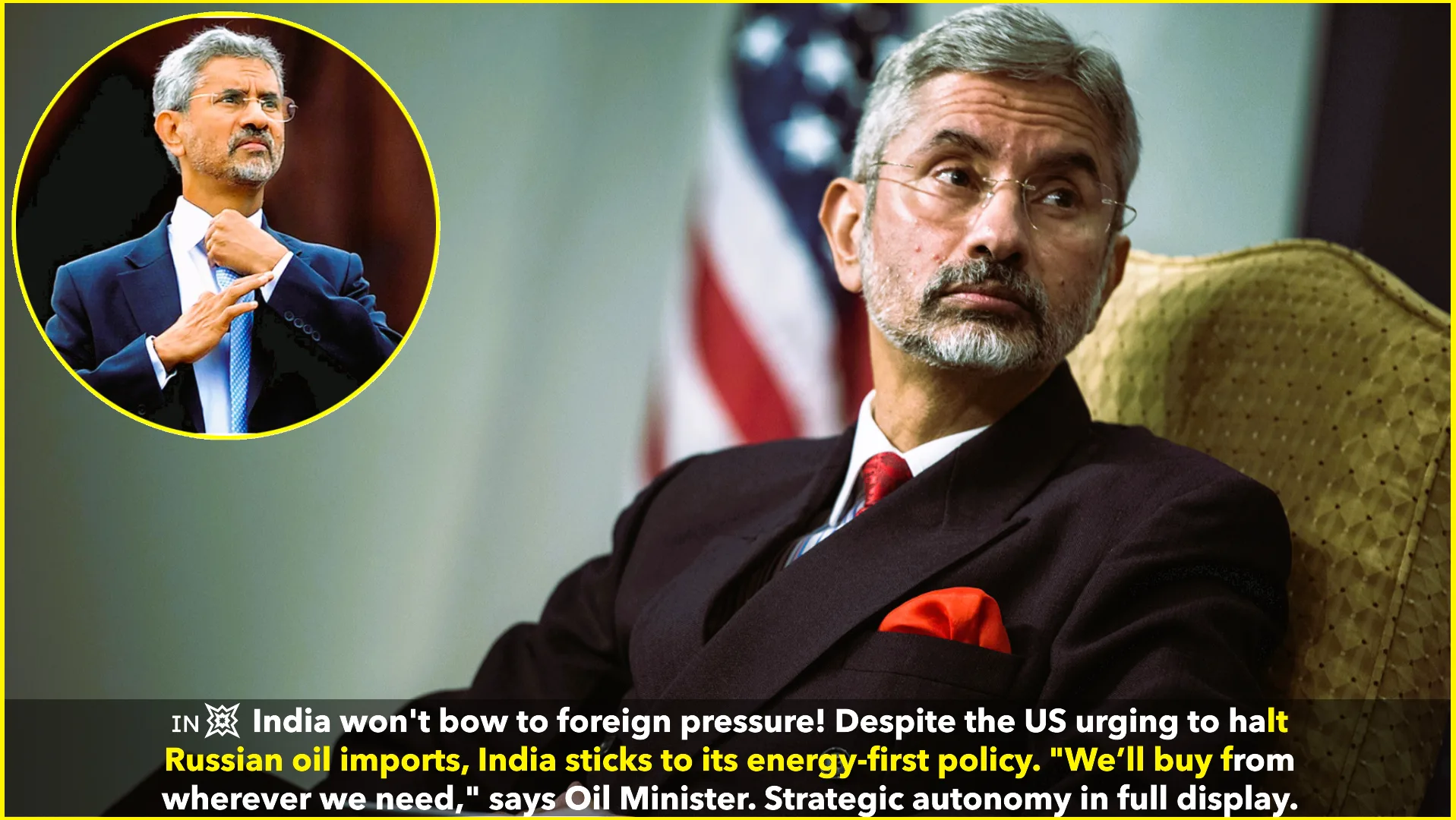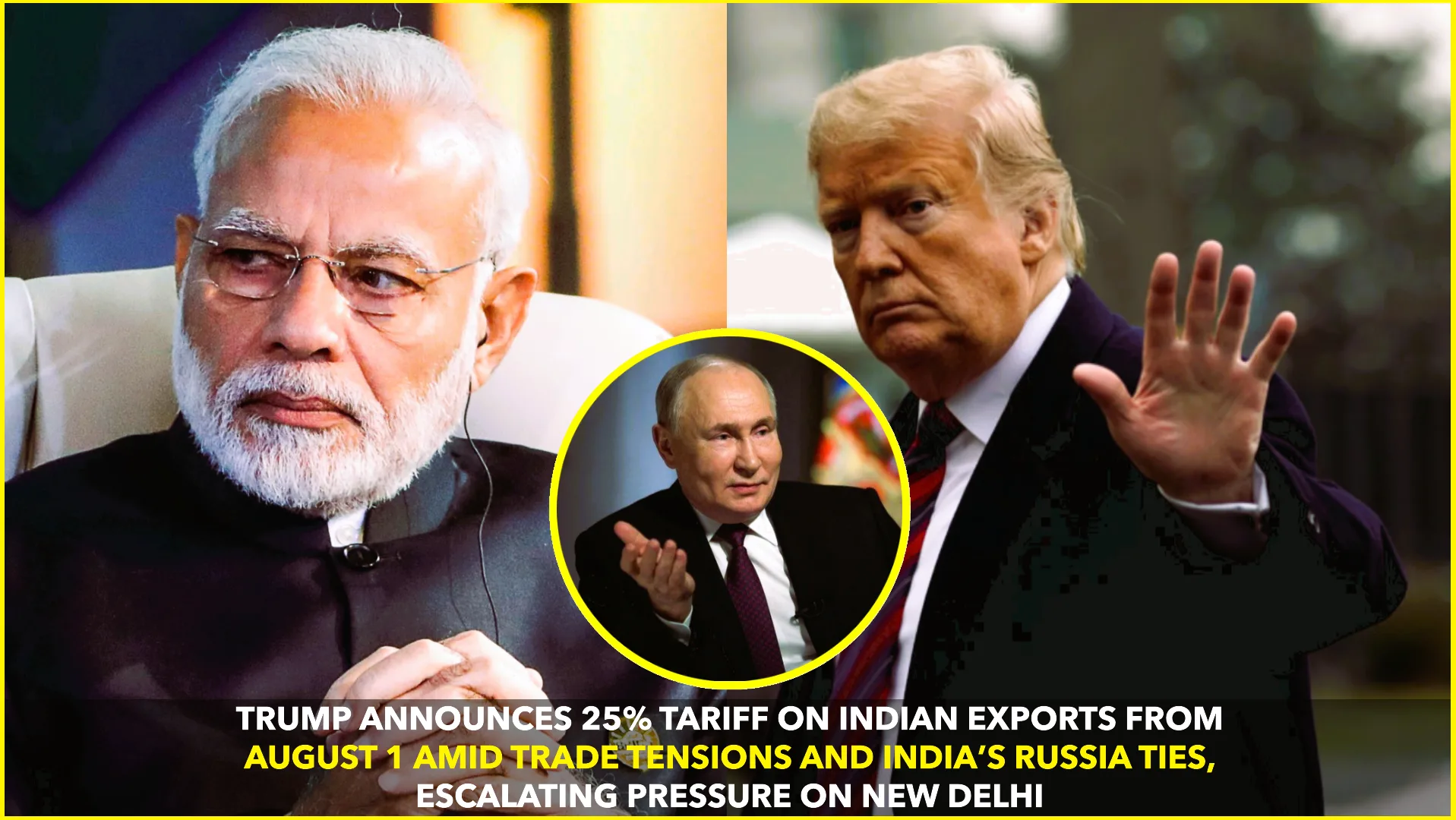India has surpassed Japan to become the world’s fourth-largest economy, according to the latest data from the International Monetary Fund (IMF) and confirmation from the Indian government’s policy think tank, NITI Aayog. This significant milestone reflects India’s growing economic strength, even as analysts caution against reading too much into the narrow margin.
The IMF’s World Economic Outlook report projects India’s nominal Gross Domestic Product (GDP) at approximately $4.187 trillion for the fiscal year 2025-26. This places India just ahead of Japan, whose nominal GDP is forecast at $4.186 trillion — a difference of merely $0.6 billion or about 0.014%. While this edge is slim, it marks a symbolic shift in the global economic landscape, with India climbing steadily up the ranks in recent years.
NITI Aayog Vice Chairman Suman Bery acknowledged the development, stating, “This transition reflects India’s resilience and the strong structural reforms over the past decade. However, we must remain focused on inclusive growth and improving the quality of life for all citizens.”
India’s economic momentum has been bolstered by a combination of factors, including strong domestic demand, expanding digital and manufacturing sectors, a youthful workforce, and significant government investments in infrastructure and renewable energy. The country has also become an attractive destination for foreign direct investment, benefiting from global supply chain realignments.
However, economists urge caution before celebrating. One of the key concerns is India’s low per capita income, which remains just a fraction of that in developed economies. While India’s total GDP has overtaken Japan’s, its population — at over 1.4 billion — means its per capita income is only about one-thirteenth of Japan’s.
“Nominal GDP rankings are useful headlines, but they can be misleading,” said Radhika Rao, senior economist at DBS Bank. “India still faces significant development challenges, from poverty and unemployment to education and healthcare disparities. The size of the economy doesn’t necessarily translate to better living standards unless growth is inclusive.”
Another issue highlighted by experts is the unpredictability of economic forecasts. The IMF has previously missed major economic turning points, such as the 2008 global financial crisis and recent disruptions caused by tariff wars and supply chain shocks. “These projections should be viewed as estimates, not certainties,” Rao added.
Despite these reservations, India’s rise in the global rankings is being seen as part of a broader shift in global economic power. With China firmly in second place behind the United States, and Germany now in third, India’s ascent reflects the increasing influence of Asian economies in global affairs.
The Indian government has set ambitious targets for achieving a $5 trillion economy, possibly by 2027, though timelines may shift depending on global headwinds. Analysts say that if India continues to maintain macroeconomic stability and invests in structural reforms — especially in education, infrastructure, and clean energy — it could consolidate its position further in the coming years.
Looking ahead, attention will also turn to the 2025 Union Budget, where the government is expected to announce new policy measures to sustain growth while addressing inequality and climate resilience.
In summary, India’s elevation to the fourth-largest economy is a noteworthy moment in its economic journey, but the real challenge lies ahead — turning nominal gains into tangible improvements in the lives of over a billion citizens.
Sources:
- IMF World Economic Outlook, April 2025: https://www.imf.org/en/Publications/WEO
- NITI Aayog Press Release, May 2025: https://www.niti.gov.in/
- Interviews and commentary from DBS Bank and economic analysts in national business dailies.










